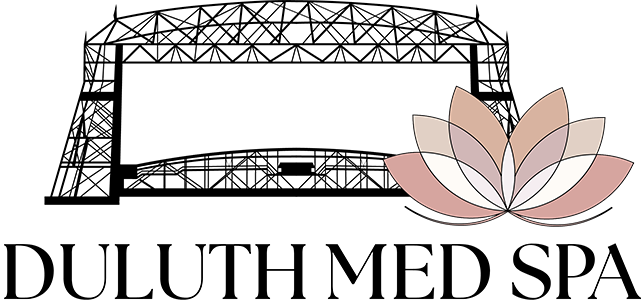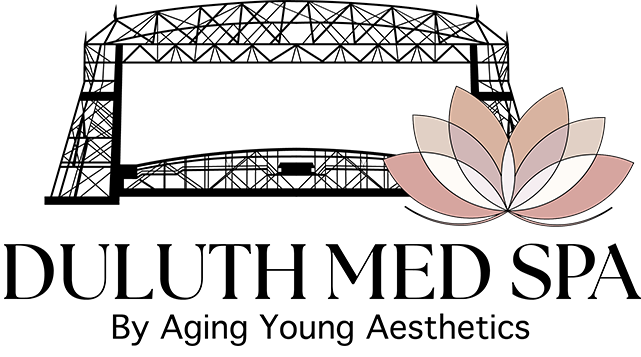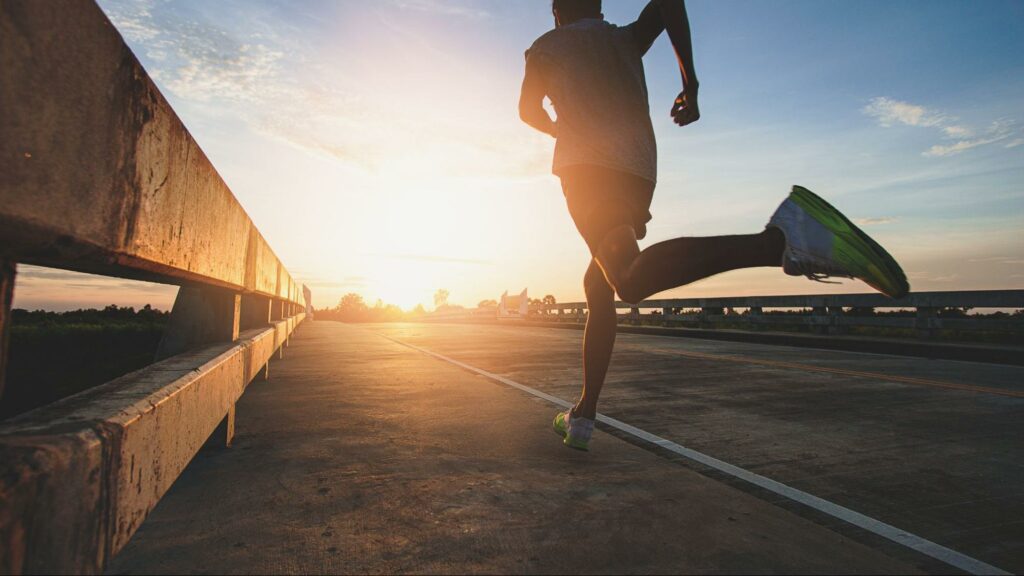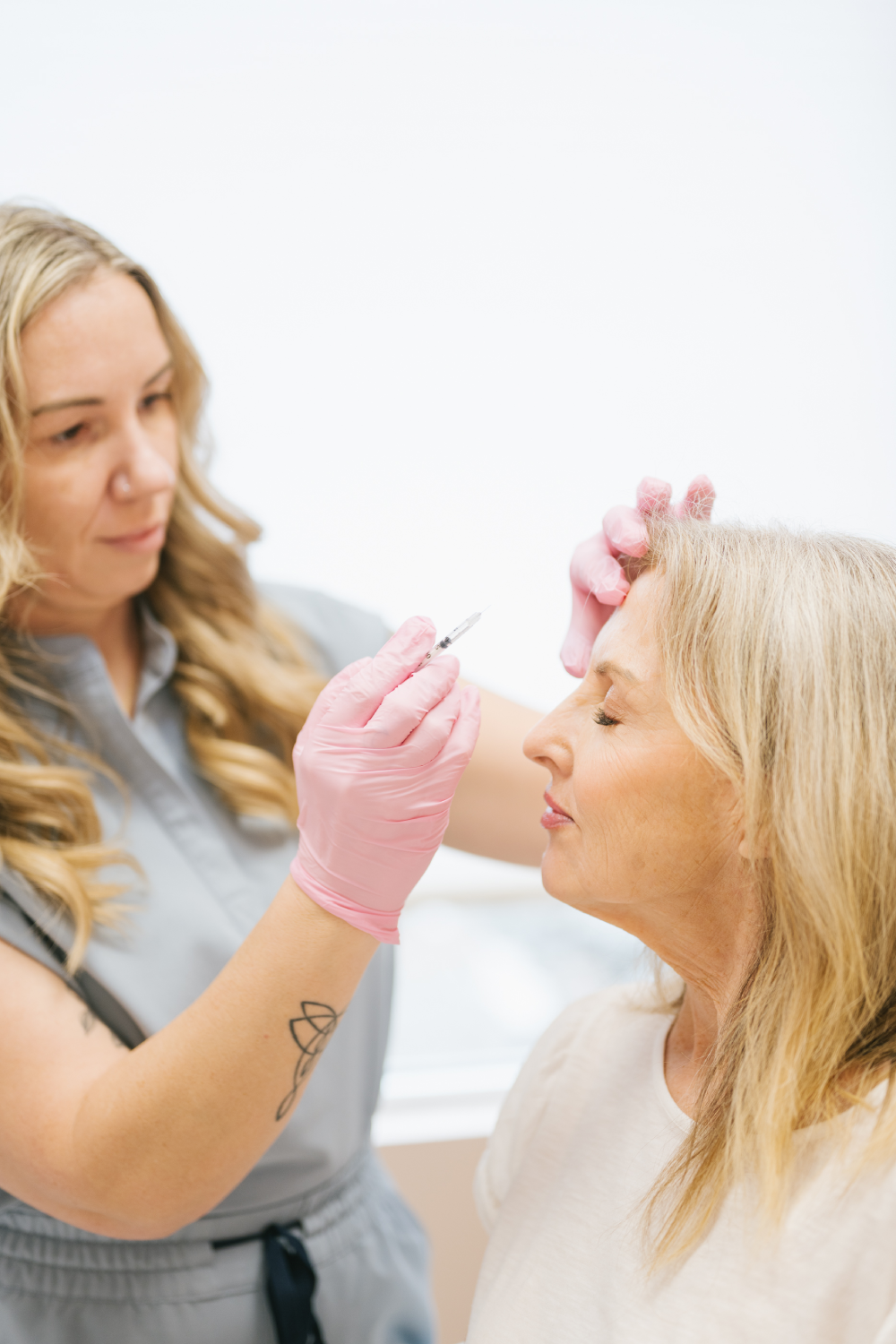Athletes are constantly pushing their bodies to the limit, striving for peak performance and faster recovery times. In this quest for excellence, innovative treatments like red light therapy (RLT) are gaining popularity for their potential to enhance muscle repair and overall athletic performance.
Red light therapy, also known as photobiomodulation, utilizes low-level light therapy to stimulate cellular processes, aiding in muscle recovery and reducing inflammation.
Read on to find out more about how red light therapy can benefit athletes and support muscle repair.
What is Red Light Therapy?
Red light therapy is a non-invasive treatment that uses specific wavelengths of light to penetrate the skin and stimulate cellular activity. Typically, wavelengths between 600 to 650 nanometers (red light) and 800 to 850 nanometers (near-infrared light) are used.
This therapy works by promoting ATP (adenosine triphosphate) production, enhancing cellular energy, and improving overall cell function. Increased ATP production helps cells repair damage more efficiently, leading to quicker recovery times and reduced inflammation.
This near-infrared therapy is particularly beneficial for athletes because it targets muscle tissue, promoting faster healing and reducing the risk of injuries. The therapy can be administered through various devices, including handheld devices, light panels, and full-body beds, making it accessible and convenient for both professional and amateur athletes.
How Red Light Therapy Can Help in Muscle Repair
Red light therapy (RLT), also known as photobiomodulation, is a treatment that uses specific wavelengths of light to penetrate the skin and stimulate cellular processes. It has gained popularity for its ability to enhance muscle repair, making it an ideal solution for athletes and individuals recovering from muscle injuries.
Here is a closer look at how red light therapy aids in muscle repair:
Enhanced Cellular Energy Production
One of the primary mechanisms through which red light therapy aids muscle repair is by increasing the production of adenosine triphosphate (ATP) within cells. ATP is often referred to as the energy currency of the cell because it is essential for various cellular functions, including muscle contraction and repair.
When red light penetrates the skin, it is absorbed by the mitochondria, the powerhouse of the cell, which then stimulates ATP production. This increase in cellular energy allows muscle cells to repair and regenerate more effectively, speeding up recovery times after intense workouts or injuries.
Reduced Inflammation
Red light therapy has potent anti-inflammatory effects. After intense physical activity or injury, inflammation is a natural response that can cause pain and prolong the recovery process. RLT helps reduce inflammation by modulating the activity of cytokines, which are proteins that signal inflammation in the body.
By decreasing the production of pro-inflammatory cytokines and increasing the activity of anti-inflammatory molecules, red light therapy helps minimize muscle soreness and swelling, promoting faster recovery and reducing discomfort.
Improved Blood Circulation
Effective muscle repair requires an adequate supply of oxygen and nutrients, both of which are delivered through the bloodstream. Red light therapy enhances blood flow to the treated areas by stimulating the formation of new capillaries, a process known as angiogenesis.
Improved circulation guarantees that muscles receive the necessary nutrients and oxygen for repair and growth while also facilitating the removal of metabolic waste products that can cause muscle fatigue and soreness. This enhanced blood flow is crucial for quicker recovery and overall muscle health.
Collagen Production
Collagen is a vital protein that provides structure and strength to muscles, tendons, and ligaments. Red light therapy stimulates collagen production, supporting muscle repair and reducing the risk of injuries.
Collagen not only helps in repairing damaged muscle tissue but also improves the elasticity and resilience of the connective tissues, making them less prone to injury. This aspect of RLT is particularly beneficial for athletes who are constantly subjecting their muscles and joints to high levels of stress.
Pain Relief
Pain relief is another significant benefit of red light therapy. Muscle injuries and chronic conditions often result in pain, which can hinder an athlete’s performance and recovery. RLT promotes the release of endorphins, the body’s natural painkillers, which help alleviate pain.
Additionally, by reducing inflammation and enhancing cellular repair processes, red light therapy addresses the root causes of pain, providing a more comprehensive solution for pain management. This natural pain relief can reduce the need for medications, which often come with unwanted side effects.
Prevention of Muscle Fatigue
Regular use of red light therapy can help prevent muscle fatigue by improving the overall health and function of muscle cells. By increasing ATP production, reducing inflammation, and enhancing blood flow, RLT ensures that muscles are well-nourished and capable of withstanding intense physical activity.
This preventive aspect of red light therapy makes it a valuable tool for athletes who want to maintain peak performance and avoid the debilitating effects of muscle fatigue.
Faster Healing of Muscle Strains and Sprains
Muscle strains and sprains are common injuries among athletes and can take a long time to heal. Red light therapy accelerates the healing process by promoting cellular repair and reducing inflammation.
The treatment can also help in remodeling scar tissue, ensuring that the repaired muscle tissue is strong and functional. This faster healing process allows athletes to return to their training and competitions more quickly, minimizing downtime and the impact on their performance.
Usual Athletic Issues That Red Light Therapy Can Address
Athletes often face a variety of physical challenges and injuries that can impact their performance and recovery. Red light therapy offers a promising solution for many of these common athletic issues, providing effective relief and promoting faster healing:
- Skin Rejuvenation. Red light therapy stimulates collagen and elastin production, reducing the appearance of wrinkles, fine lines, and age spots. It promotes a youthful, glowing complexion by improving skin texture and tone.
- Acne Treatment. The anti-inflammatory properties of red light therapy can help reduce acne and prevent future breakouts. It also helps heal existing acne scars by promoting skin cell regeneration.
- Scar Reduction. Red light therapy is effective in reducing the appearance of scars, including surgical scars, stretch marks, and keloids. It accelerates the healing process and improves the texture and color of the scar tissue.

- Hair Growth. Red light therapy has been shown to stimulate hair follicles, promoting hair growth and preventing hair loss. It is often used as a non-invasive treatment for conditions like androgenetic alopecia and many more.
- Wound Healing. The therapy accelerates the healing of wounds and ulcers by promoting tissue repair and reducing inflammation. It is particularly beneficial for diabetic ulcers and chronic wounds.
Enjoy Optimal Recovery with Red Light Therapy
Red light therapy offers a range of benefits for athletes looking to enhance muscle repair and overall performance. From reducing inflammation and pain to improving blood circulation and collagen production, this non-invasive treatment supports faster recovery and helps prevent injuries.
Additionally, red light therapy’s applications in aesthetics make it a versatile and valuable tool for anyone seeking to improve their overall well-being.
If you are an athlete or someone looking to enhance your recovery and performance, consider incorporating red light therapy into your routine. Call or visit us here at Duluth Med Spa in Duluth, MN, to learn more about our red light therapy services and how they can benefit you!






